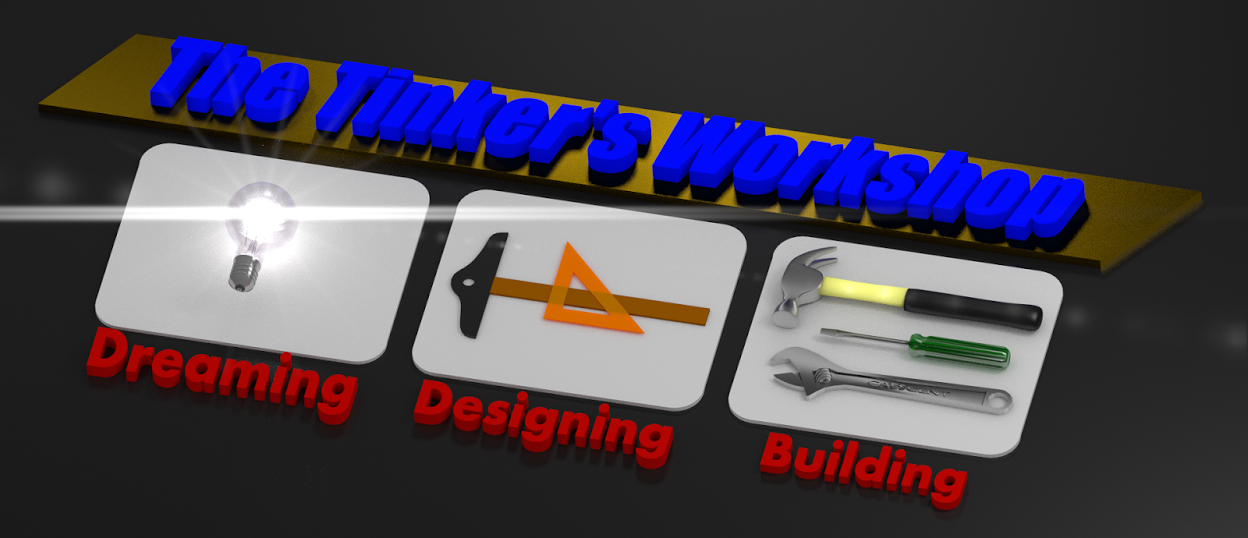After having figured out how to put people into my Blender 3D projects I have already found a tangible use for this new skill set. As a lot of you already know I am a motorcyclist and have been for many years. Along with those years my eyes now are no longer as young as they used to be and so with my motorcycling I am forced to wear glasses. Contacts are not an option for me so I have no choice and the prospect of Lasik eye surgery I am not fond of at all. I have no problem with this other than the fact that putting my glasses on or taking them off after I have my helmet on is a pain. With all of this in mind I thought that I would model a motorcycle helmet on one of my new Makehuman characters and see what I could come up with to make it easier to put my glasses on or take them off when I wanted to ride.
First thing was to get a good model made in Blender 3D to start with and then move on from there. This past week I managed to accomplish this portion of my idea to use in some concepting work that will follow. This is how my Blender model turned out.
It took me a few days to create what you see here. Getting my motorcyclist modeled was the easiest part after having figured out how to get my character made in Makehuman and exported to Blender. The next step was figuring out how to model the helmet as close as possible to fit the character and resemble my own helmet in the process.
I started by taking photos of my motorcycle helmet to get the views I needed for reference to get my Blender model scaled correctly. I figured that with the helmet being symmetrical it would be easiest to model it the same way that I create a model car in Blender 3D. I shot photos of the helmet so that I could get the top, side, and front views as straight on as I possible could. That was the idea anyway.
I also took a photo of a tracing that I had made of the outer perimeter of the helmet's bottom edge as it set on a table. This helped out a great deal to get the model correct in all views. I then placed the views into Blender as shown to get the orientation and scale as correct as possible.
The only problem that I had to deal with in modeling the motorcycle helmet is that when a person wears a helmet it does not sit on the persons head the same way that it rest on a table. The helmet is actually tipped downward at the front as shown above.
This made it a little more difficult to model but with a bit of finesse I was able to compensated for this issue by rotating the bottom and side view pictures and create the model as you see it here. The model of the helmet is very close to the actual helmet I wear with the exception of a couple of vents at the rear that I left out. These were not necessary for the ideas I have to make a special mount inside the helmet for eye glasses. That and the fact that these features are not seen in the front view anyway.
The added plus to making the model of the helmet in Blender is that I will be able to reuse the helmet in other Blender images or make a copy of it to create a new helmet all together for something like a space helmet for some futuristic space person. So it will serve several functions with it's creation.
The modeling of the helmet once I got it set up with the reference images is very much like modeling a car. The very same process is involved to get the features that I've managed to create. It took me a couple of days but I am pleased with the end result. One other thing that I wanted on the top of the helmet was the Z1R decal. I knew that I could not get this on the model in my usual way so I tracked down a tutorial that I had saved for just such a purpose some time back. Normally I would have UV unwrapped the helmet and then get the decal on that way. But with the helmet being symmetrical and only modeled on one side this process would not work. To see how I accomplished this I've included a link to the tutorial that I used to make it all work for those of you using Blender 3D.
Not that I have the Blender model completed I can start playing around with ideas to make it easier for me to put my glasses on or take them off in the real world. It's still just a spark of an idea at this point but at least I have something to work with in my computer to flesh out the project to see if it is even possible. If I get something worked out I'll put out a posting on my progress. In the meantime I also have another nice Blender model that I can use in other projects. Have a good one!



















